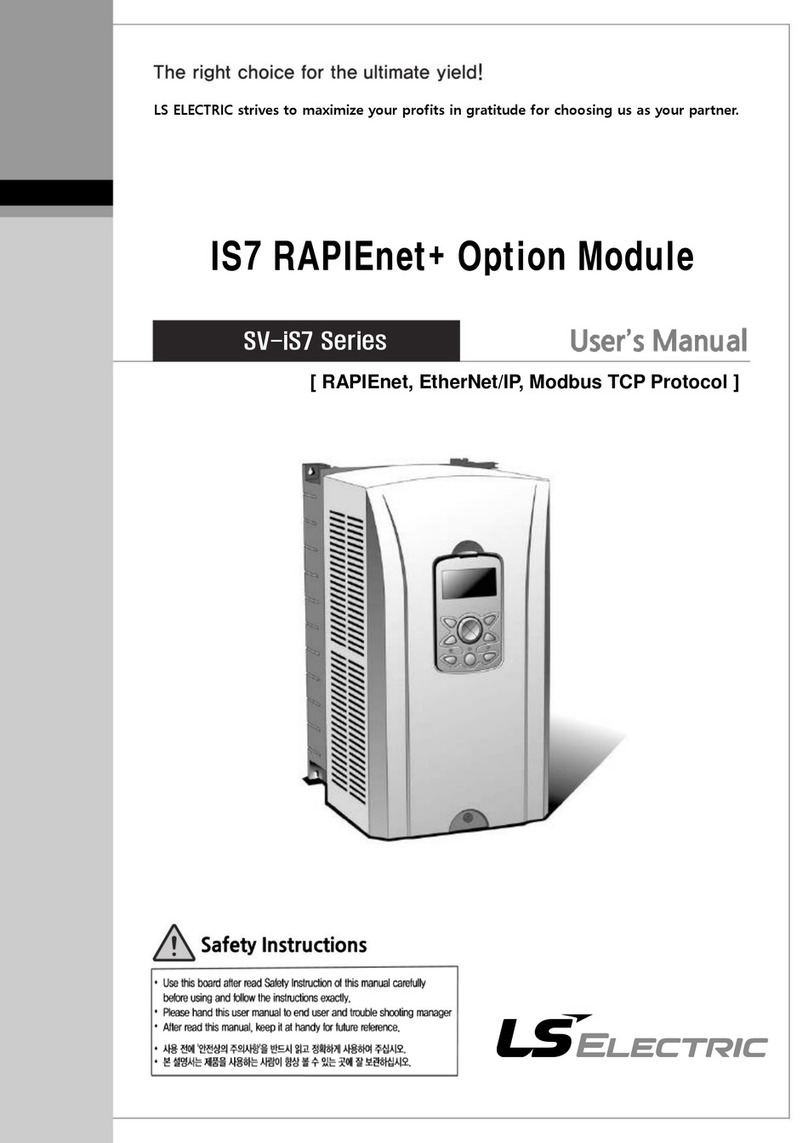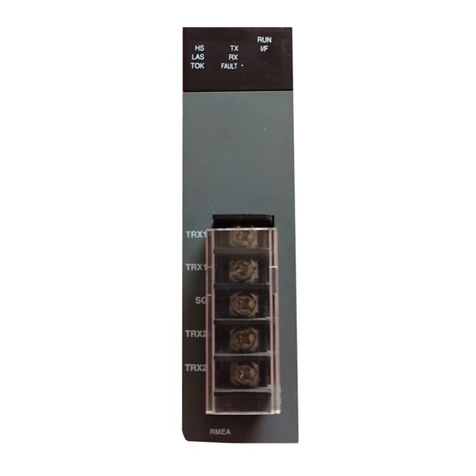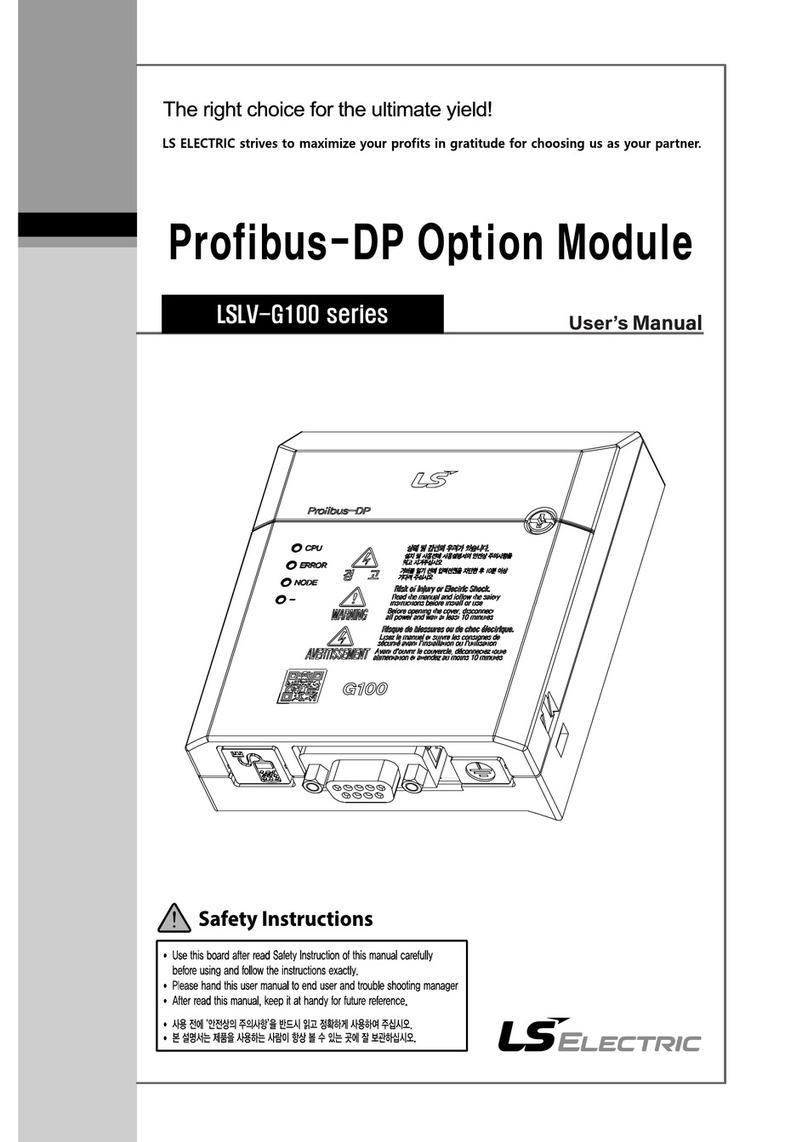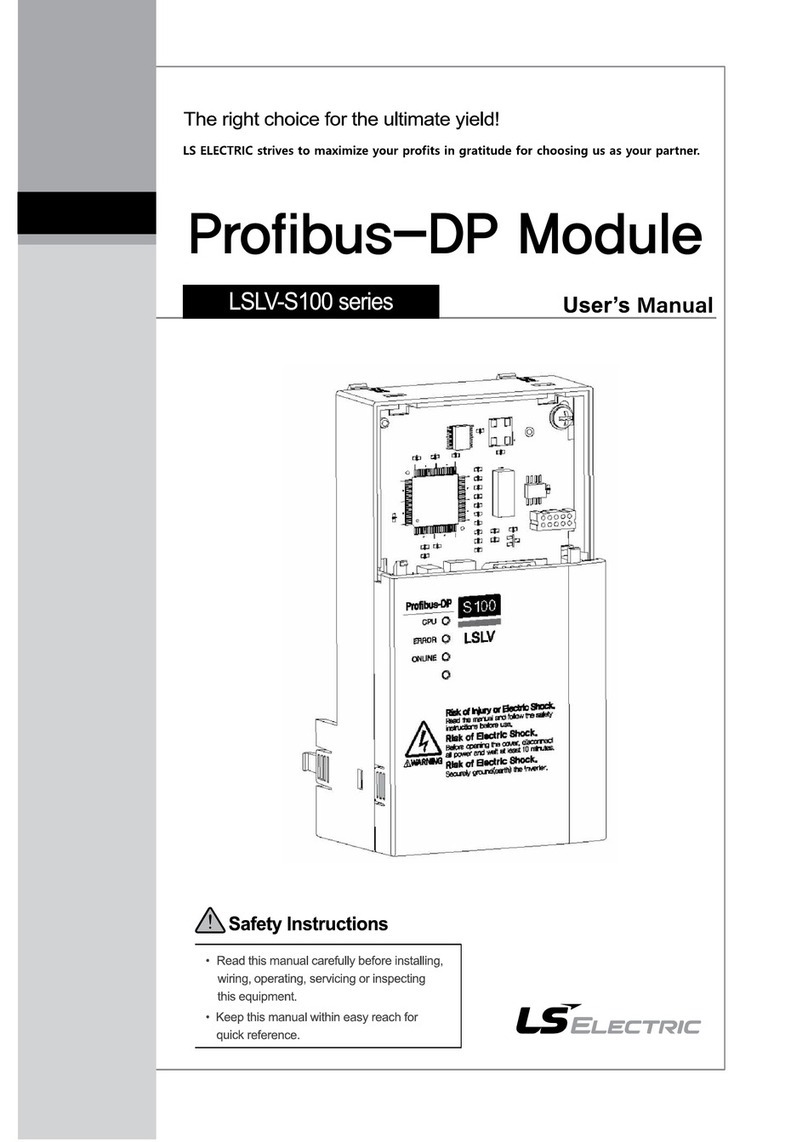
5.3 Predefined Error Field..............................................................................................24
5.4 COB-ID SYNC Message..........................................................................................25
5.5 Manufacturer Device Name.....................................................................................25
5.6 Manufacturer Hardware Version..............................................................................26
5.7 Manufacturer Software Version...............................................................................26
5.8 Guard Time..............................................................................................................26
5.9 Life Time Factor.......................................................................................................27
5.10 COB-ID EMCY.........................................................................................................27
5.11 Producer Heartbeat Time ........................................................................................27
6Profile.................................................................................................................. 28
6.1 CiA 402 Drive and Motion Control Device Profile....................................................28
6.1.1 Finite State Automation .............................................................................28
6.1.2 CiA 402 SDO .............................................................................................30
6.1.3 SDO for G100 Inverter Operation..............................................................36
6.2 PDO.........................................................................................................................38
6.2.1 RPDO.........................................................................................................38
6.2.2 RPDO MAPPING.......................................................................................39
6.2.3 TPDO.........................................................................................................40
6.2.4 TPDO MAPPING .......................................................................................41
7Inverter Parameters ........................................................................................... 42
7.1 List of Related Parameters......................................................................................42
7.2 Basic Field Bus Parameters ....................................................................................44
7.2.1 Set Command Source for the Inverter–Cmd Source (drv)........................44
7.2.2 Set Frequency Command Source for the Inverter–Freq Ref Src (Frq) .....44
7.2.3 Set Station ID–Fbus ID (CM-07)................................................................44
7.2.4 View Indicator LED States–Fbus Led (CM-9)............................................45
7.2.5 Run Comm Update (CM-94)......................................................................45
7.2.6 SettheNetworkSpeed(BaudRate)–OptParameter1(CM-10).........................46
7.2.7 Set Profile–Opt Parameter2 (CM-11) ........................................................46
7.2.8 ViewCommunicationModuleVersion–Fbus S/W ver(CM-06) ........................47
7.3 Parameter Setting for Periodic Communication ......................................................47
7.3.1 Set LS Profile Output Address–Para Status 1–4 (CM-31–34).........................47
7.3.2 Set LS Profile Input Address–Para Status 1–4 (CM-51–54) .....................48
7.4 Parameter Setting for Lost Command.....................................................................48
7.4.1 Lost Command Operation–Lost Cmd Mode (Pr-12)..................................48
7.4.2 Command Loss Decision Time–Lost Cmd Time (Pr-13)...........................49




































